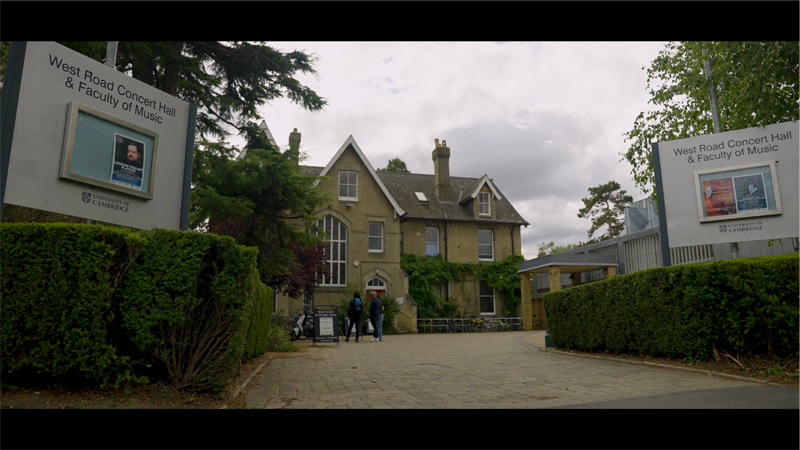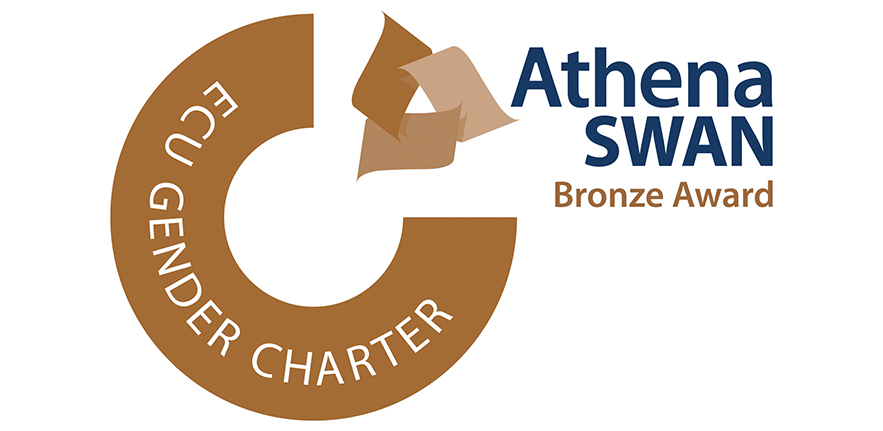Processional Chant in Late Medieval and Early Modern Iberia: Space, Music, and History at the Cathedral of Saragossa
Between 1592 and 1598, Diego de Espés (c1531-1602) finished the first draft of his History of the Metropolitan Church of Saragossa. Espés, apart from being an historian, was a portion beneficiary and librarian at the Cathedral of Saragossa. Thus, Espés benefitted from earlier customary books, some of which are now missing, and from the rich chapter archive, which included a few thousands of medieval and modern historical documents. The result was an exhaustive 900-page ceremonial-like book with detailed descriptions of what happened at the Cathedral of Saragossa from 1128 until the end of the Sixteenth century. It is richest in material for events that occurred between 1400 and 1600. In addition, the archibishops at Saragossa from this period made sure to provide the Saragossa diocese –and its cathedral– with chant books, both handwritten and printed. However, not many of them survived. Fortunately, two official processional books from the cathedral chapter, from c1400 and 1502, have remained, and they show divergences in liturgical directions and chant. My paper, as a part of a large research project, presents a broad view of how processional practises, including local customs and chant, changed as a part of the liturgical history of the Cathedral of Saragossa or, emulating Margot Fassler’s words (1993), how the language of the (processional) liturgy changed during that place and time. I compare the chant and rubrics in the processional books (as prescriptive sources) with the historical documents and ceremonials (as descriptive ones) to evaluate how they collide or coincide. This process contributes to a better understanding not only of the process but also of the use of the sacred space at that church and in that city.



